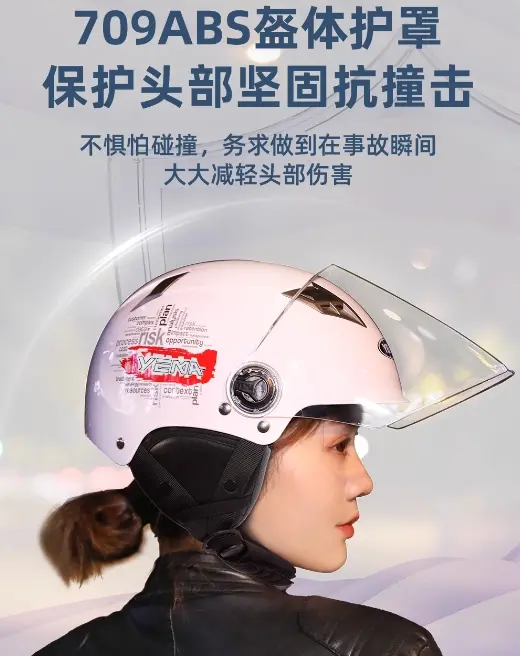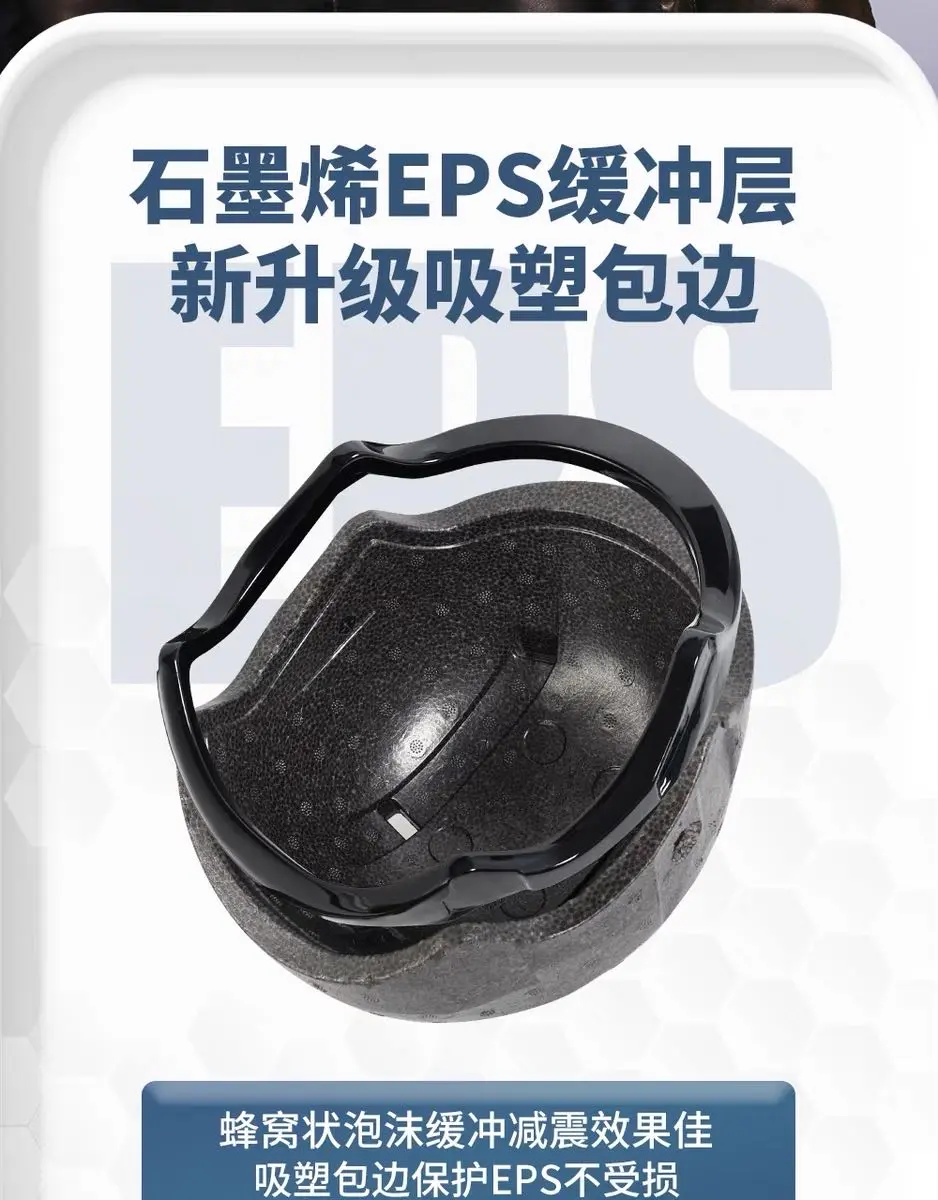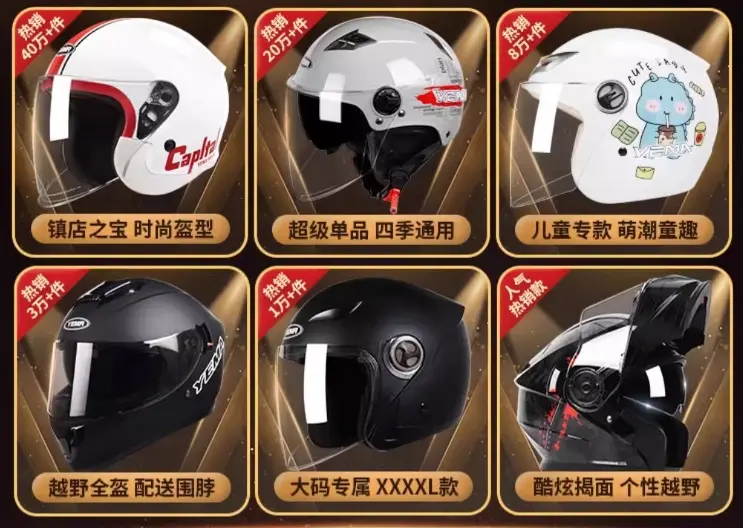A helmet is generally composed of a shell, a buffer layer, an inner lining, a strap, a lens, etc. Among them, the shell is the outermost layer of the helmet, which bears and disperses the impact during a collision and is the first line of defense for protecting the head. Therefore, the selection of the material for the helmet shell is of great importance. Commonly used shell materials mainly include ABS, polycarbonate (PC), carbon fiber, etc.
So, what material is used for the shell of Yema helmets? Most helmet shells on the market are made of ABS material, and most of Yema’s helmets are the same. However, in addition to ABS, Yema also has several helmets made of carbon fiber material. Next, let’s talk in detail about the characteristics of these helmet shell materials.
ABS (Acrylonitrile Butadiene Styrene Copolymer):
ABS is a common material for helmet shells, which has good impact resistance and can absorb and disperse the impact force in an accident to protect the head from injury. Helmets made of ABS material are usually more affordable. Currently, the most common helmets on the market are those made of ABS material. They are lightweight, have high strength, are sturdy and resistant to falling, and have good comprehensive protection performance. Yema helmets made of ABS material not only have high safety but also are economically priced, so many people choose Yema helmets when buying helmets.
ABS is a common material for helmet shells, which has good impact resistance and can absorb and disperse the impact force in an accident to protect the head from injury. Helmets made of ABS material are usually more affordable. Currently, the most common helmets on the market are those made of ABS material. They are lightweight, have high strength, are sturdy and resistant to falling, and have good comprehensive protection performance. Yema helmets made of ABS material not only have high safety but also are economically priced, so many people choose Yema helmets when buying helmets.

Polycarbonate (PC):
Polycarbonate is an amorphous, odorless, non-toxic, and highly transparent colorless or slightly yellow thermoplastic engineering plastic. It has excellent impact resistance and can provide a higher level of protection in an accident. Polycarbonate helmets are usually relatively lightweight and also offer high durability at the same time.
Polycarbonate is an amorphous, odorless, non-toxic, and highly transparent colorless or slightly yellow thermoplastic engineering plastic. It has excellent impact resistance and can provide a higher level of protection in an accident. Polycarbonate helmets are usually relatively lightweight and also offer high durability at the same time.
Carbon Fiber:
Carbon fiber is a very light but extremely strong material, which is often used in high-performance and racing helmets. Carbon fiber helmets have excellent impact resistance and lightweight characteristics and can provide a higher level of protection. Of course, carbon fiber helmets are usually more expensive. The shell of Yema helmets such as 628S, 636S, 836S, and 930S are also made of carbon fiber material, and the selling price is relatively high. These helmets include four types: three-quarter helmets, half helmets, flip-up helmets, and full-face helmets.
Carbon fiber is a very light but extremely strong material, which is often used in high-performance and racing helmets. Carbon fiber helmets have excellent impact resistance and lightweight characteristics and can provide a higher level of protection. Of course, carbon fiber helmets are usually more expensive. The shell of Yema helmets such as 628S, 636S, 836S, and 930S are also made of carbon fiber material, and the selling price is relatively high. These helmets include four types: three-quarter helmets, half helmets, flip-up helmets, and full-face helmets.
Fiberglass: The fiberglass shell has high impact resistance and is lighter than ABS. It is usually used in high-performance fields such as ski helmets and motorcycle helmets.
Composite Materials: Some high-end helmets use composite material shells, which usually include a mixture of polycarbonate, carbon fiber, fiberglass, etc. These materials combine light weight and excellent protection performance, but they are relatively more expensive.
Different types of helmets may use different shell materials, and the specific choice depends on the helmet’s design, the expected usage scenario, and the price point. Regardless of the shell material, it is necessary to ensure that the helmet meets the national safety standards and passes the national 3C certification to ensure sufficient protection.



